
On the initiative of Mykhailo Fedorov, Vice Prime Minister for Innovation, Education, Science and Technology Development and Minister of Digital Transformation, the team of the Ministry of Education and Science has launched fundamental transformations in the education sector, from kindergartens to higher education institutions.
To launch systemic changes in the secondary school infrastructure, the Big City Lab team partnered with the Rebuild the Wonderful NGO, which includes Do Architects (Lithuania), Kavakava (Estonia), and Archikon (Hungary), architectural bureaus that have developed architectural solutions for transforming typical schools in their countries. Ukrainian architects from Oksa, Pecker and Partners, and Kumeiko Architects architectural bureaus created the designs to meet Ukrainian state building codes.
The project was funded by the Mariupol Reborn NGO, DTEK and Metinvest.
During the two years of Russia's full-scale invasion of Ukraine, every seventh school in Ukraine has been affected: more than 3,500 educational institutions have been damaged, and almost 400 have been completely destroyed.
Most schools in Ukraine were built according to standard Soviet designs. Today, these are mostly old buildings that do not meet the needs of children, teachers, and modern requirements for educational space in general.
While working on the Mariupol 2040 vision, we discovered that 72% of all schools in the city are 5 architectural types of buildings. They are repeated hundreds of times throughout Ukraine.
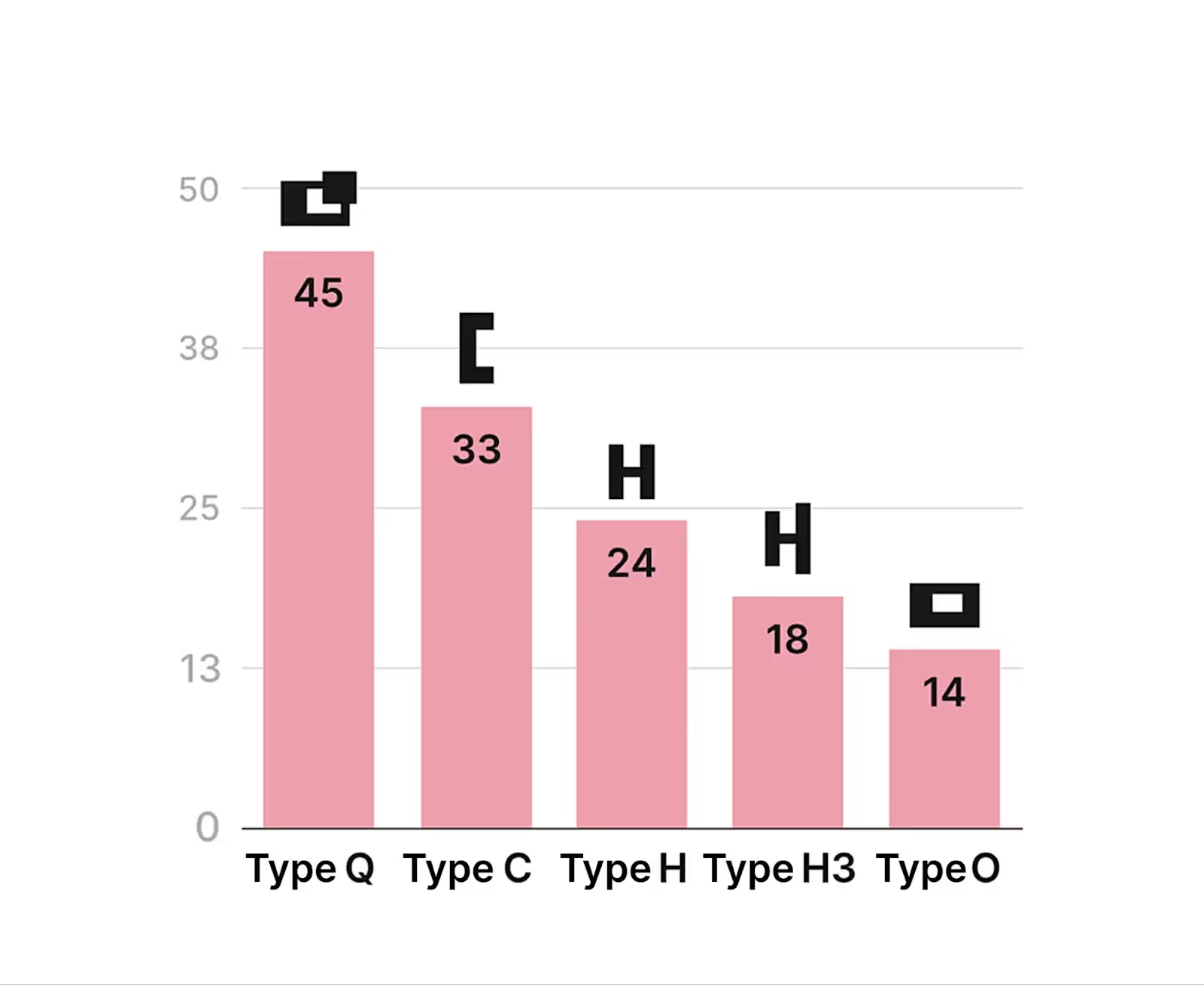
As part of the project, the teams analysed data from the Ministry of Infrastructure on all schools that were destroyed or damaged in the de-occupied territories or those located within 150 km of the frontline and suffered significant damage (Chernihiv, Kyiv, Zaporizhzhia, Dnipro and Sumy regions).
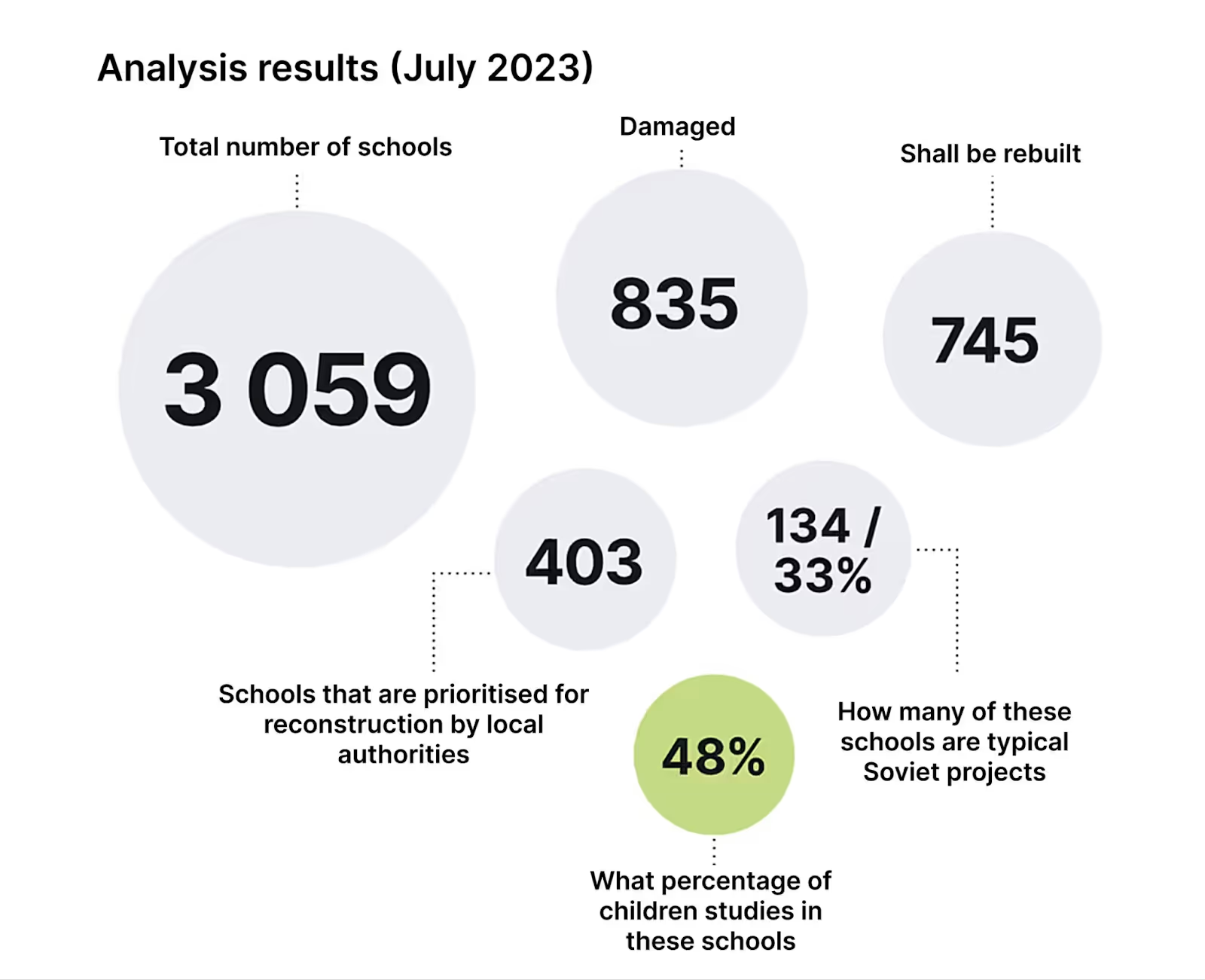
Accordingly, five projects are enough for the state to reconstruct thousands of schools to a high standard.
That is why we have developed 5 transformation concepts that answer what build back better means.
Type O school
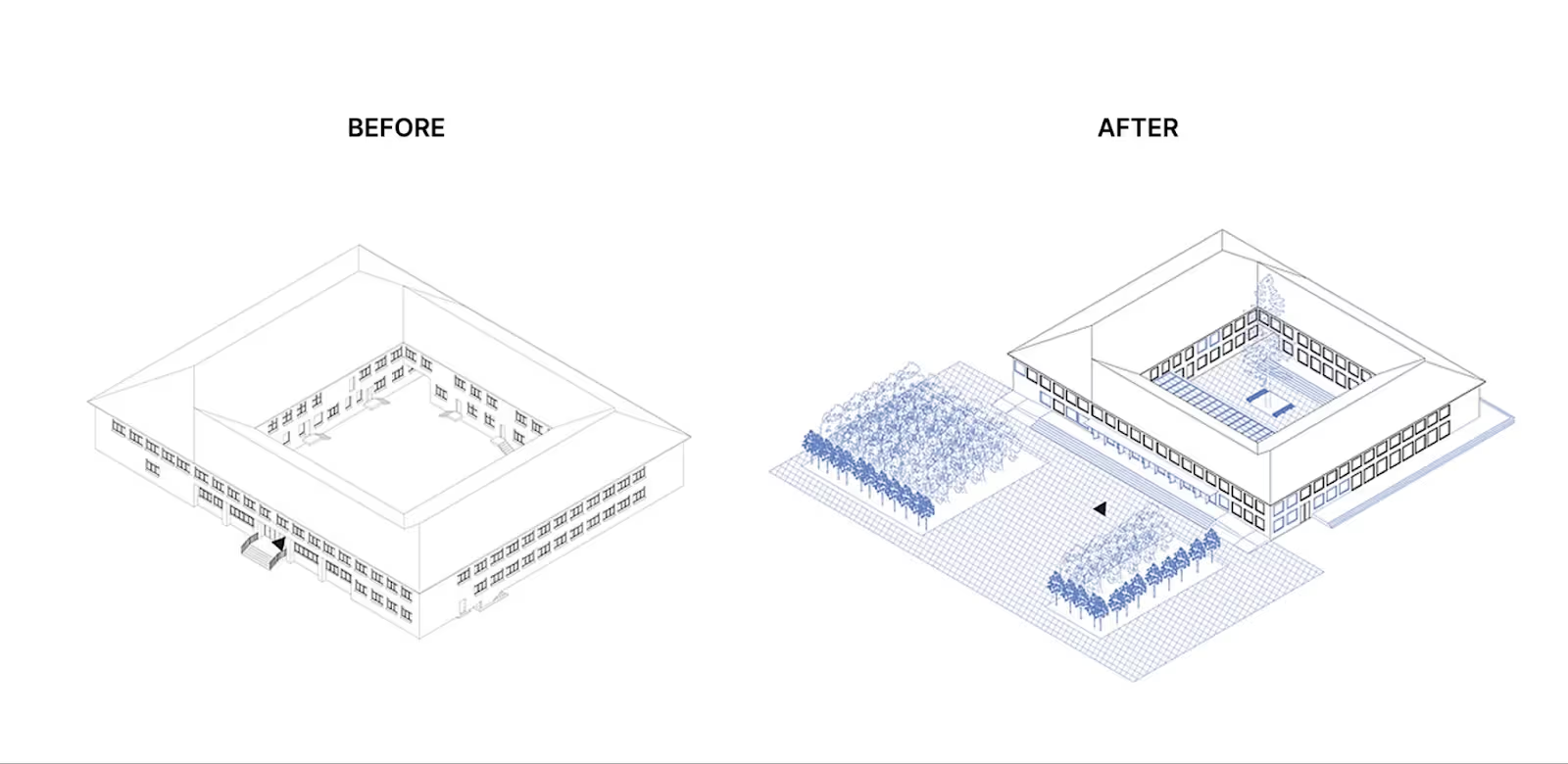
Type Q school
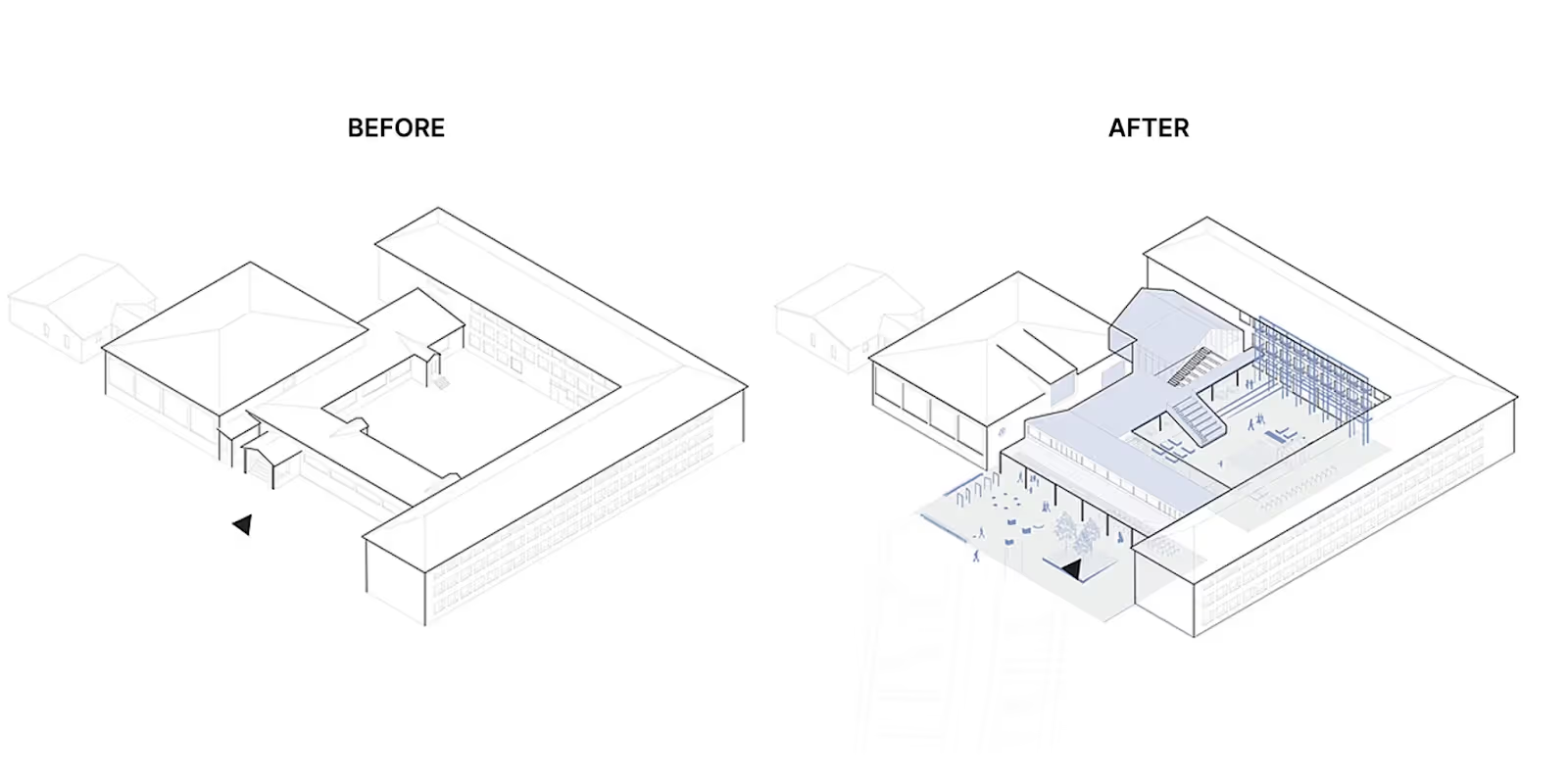
Type H3 school
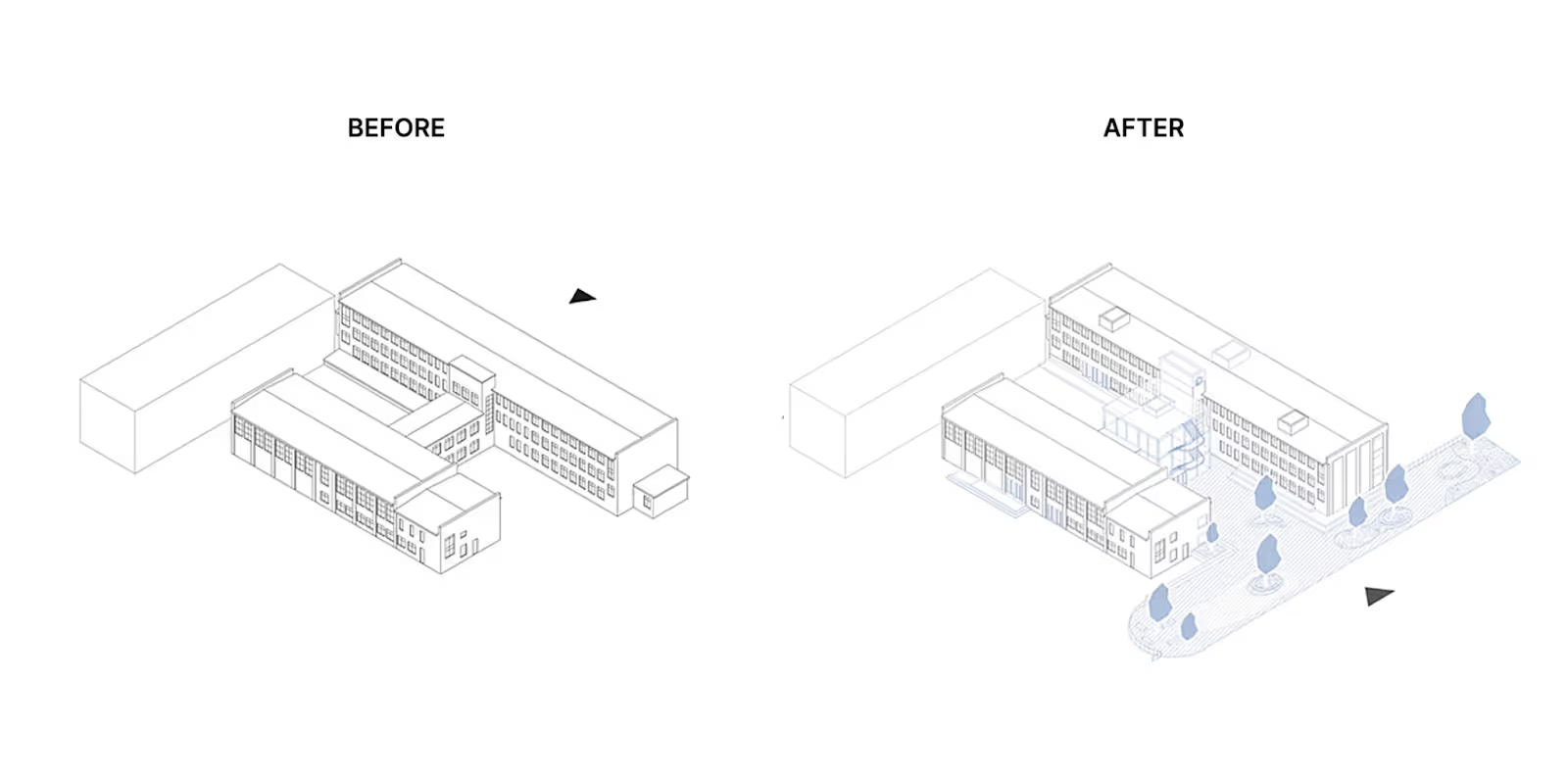
Type H school
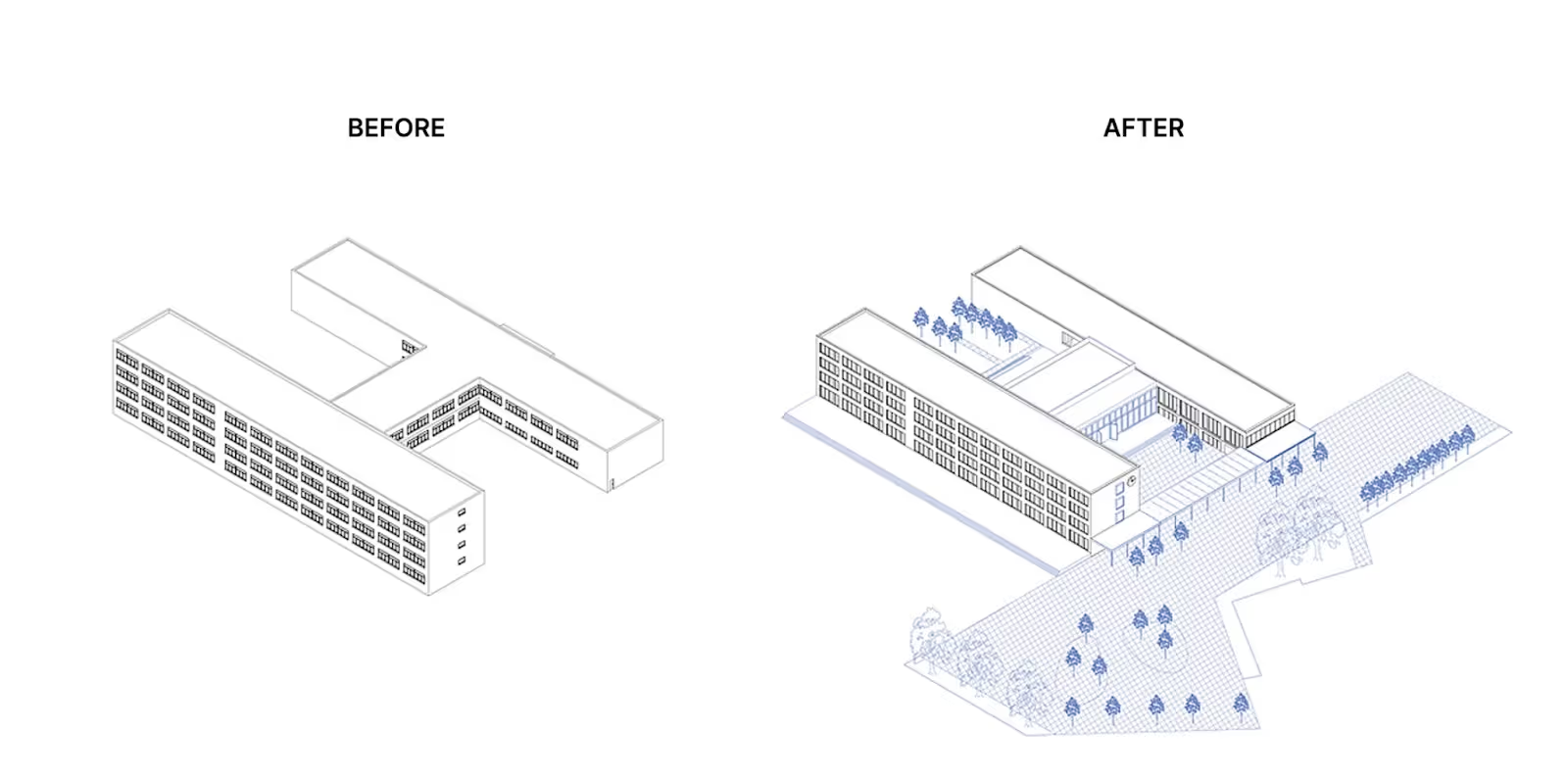
Type C school
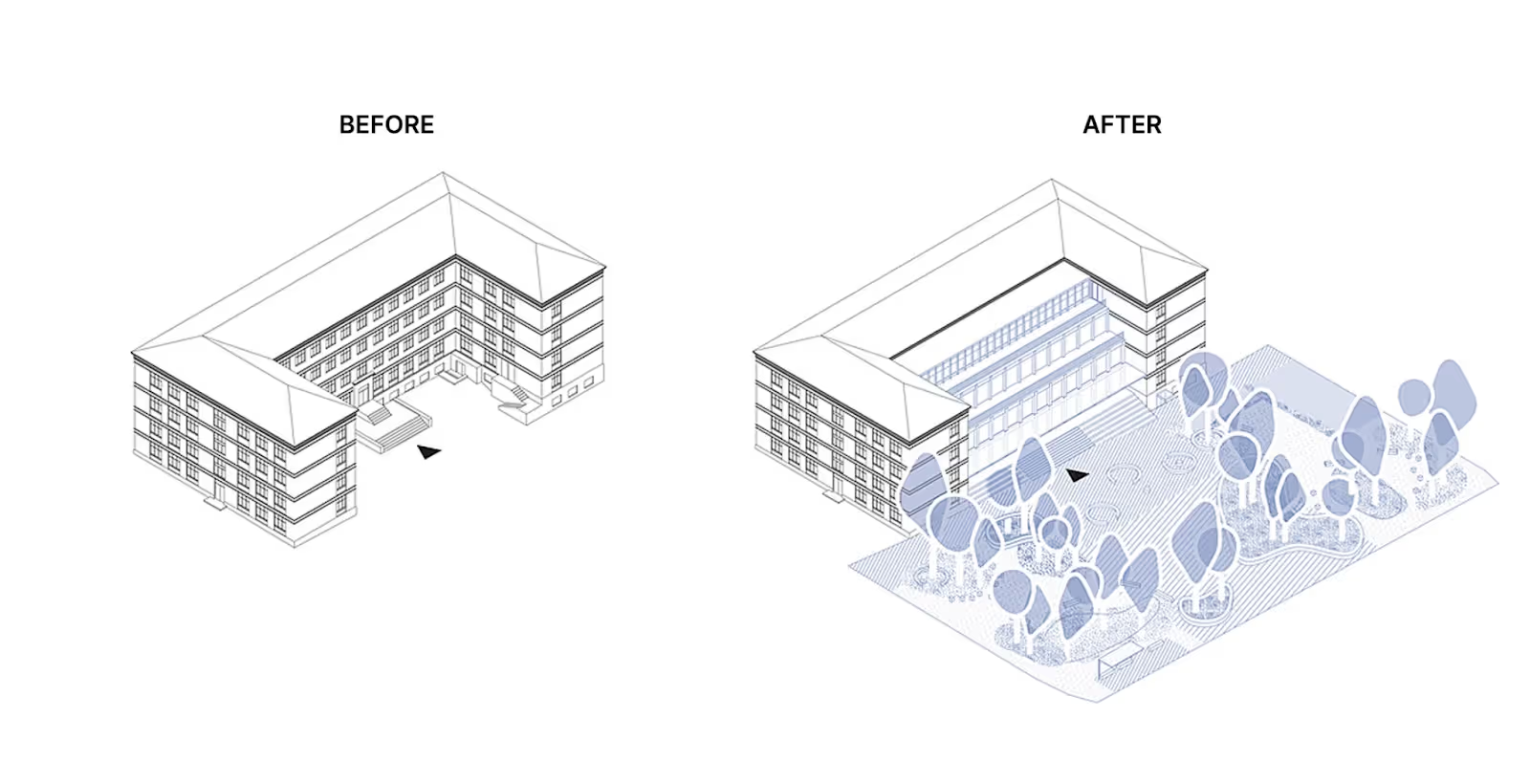
In 2023, 5 pilot projects were selected: two in the Kyiv region, one in the Kharkiv region, one in the Zaporizhzhia region, and one in Kryvyi Rih.
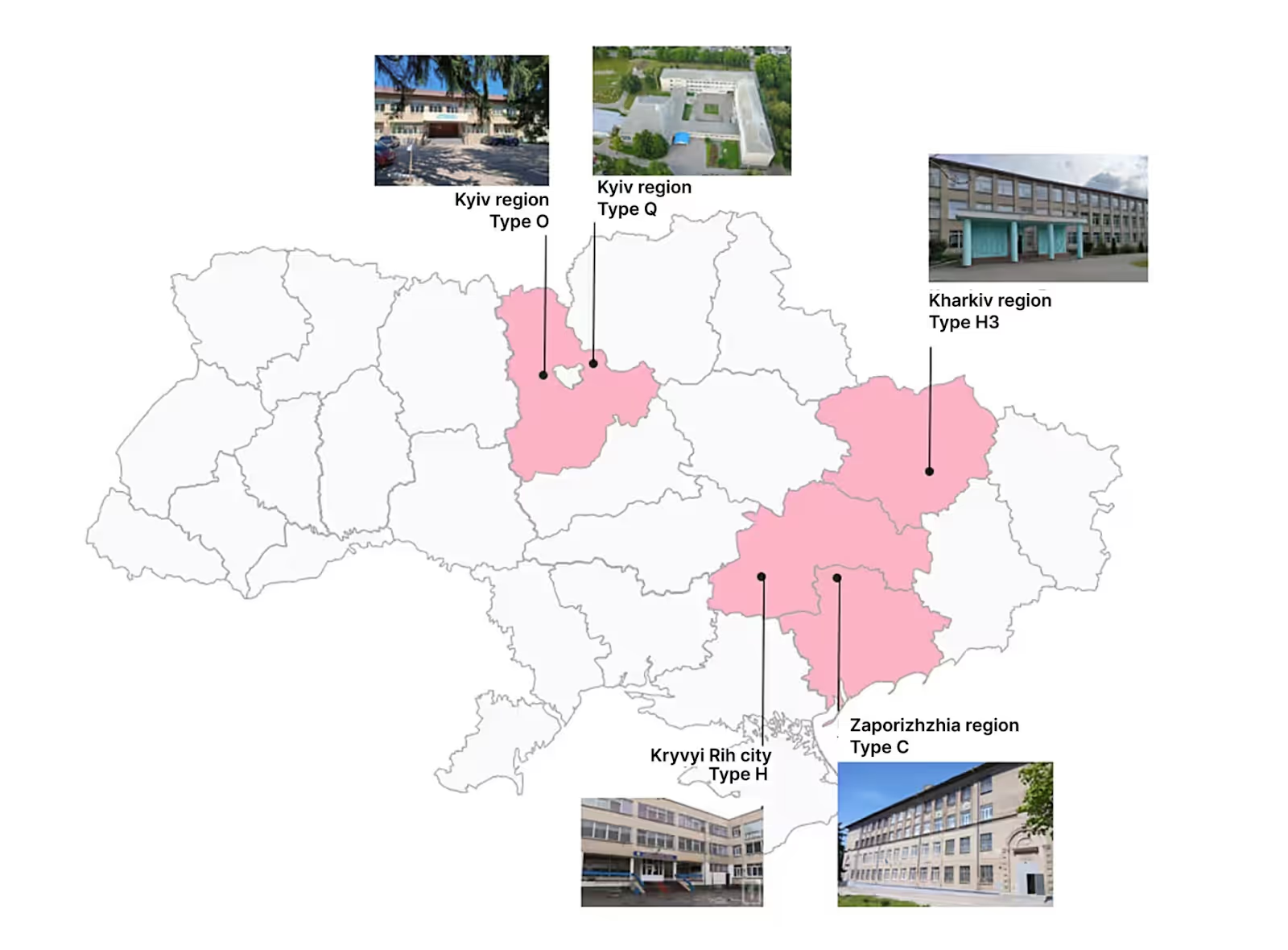
Principles of transformation of Ukrainian schools
To transform old schools into modern ones, it is not enough to install windows, paint walls, or hang new curtains. Therefore, we are guided by the following 12 principles to transform the space through the prism of human centricity and a barrier-free approach.
1. Safety first
A space where you are safe.
Safety is a top priority in children's education. We look at it not only in the context of shelter but also in the whole school architecture to prevent bullying or aggressive behaviour. Instead, we aim to calm students and promote healthy communication.
ВІЗУАЛ
2. Barrier-free approach
A space where everyone is welcome.
A barrier-free approach is at the center of every decision. No physical or educational barriers. Schools recognise that all children are different, but the respect and opportunities they receive are exactly the same.
ВІЗУАЛ
3. Diverse school territory
A space where everyone can find something for themselves.
Here, children have something to do every free minute as playgrounds, zones, terraces, and all possible spaces call them outside. The enclosed and safe courtyard can become a place for quiet and active recreation, as it contains spaces for basketball, volleyball and workout, a playground, locations for meetings, school projects and experiments.
ВІЗУАЛ
4. Multifunctionality in everything
A space where the function depends on you.
The typical classrooms are being replaced by functional spaces where time outside of class is just as important as time in school. Everyone can choose an activity for their soul. We inspire students to let their imaginations run wild and use the locations fully.
ВІЗУАЛ
5. School is a part of the community
A space where there is room for everyone.
The schools we create are places where life is in full swing around the clock. They don't close when the last bell rings, their doors are open for the community to use: from fun walks to serious learning, sports and events.
ВІЗУАЛ
6. The hall as the heart of the school community
The space where everyone comes together.
We propose to transform the assembly hall, which is empty most of the time, into a common hall. Students will never feel lonely here, because it is a space that unites everyone. The halls can be used for meetings, introductions, brainstorming sessions, group work, themed events, and celebrations.
ВІЗУАЛ
7. Materials that make you feel at home
A space where even the tactile experience is designed.
In our projects, every decision — from natural materials to lighting — ensures that children learn in the ideal conditions. The spaces we create feel like a home, not a playground or a strict learning environment. Children develop their tactile experience through sounds, smells and touch.
ВІЗУАЛ
8. Reflecting local identity
A space where character is felt.
We are replacing the familiar copy-paste approach with design variability. We give schools a true identity that reflects the character of the community or city. The look of educational institutions is influenced by location, climate, historical context, and the characteristics of the school community and residents.
ВІЗУАЛ
9. Corridors are more than just transit
They are spaces where life is in full swing during breaks.
Corridors don't just connect spaces, they connect students. From a place of transit, they turn into a place to live. They can be actively used between classes for group or pair work, privacy and relaxation. It is a common, comfortable, and multifunctional space for students and teachers.
ВІЗУАЛ
10. Classrooms challenge hierarchy
A space where democracy lives.
The classroom is a place where everyone is equal. It is where discussions and debates occur, where conditions are created for both group and individual work. It is a space where everyone's opinion is important, and the space allows for freedom of expression during learning.
ВІЗУАЛ
11. Forming relationships through visual contact
A space where the more you look, the more you see.
All locations are interconnected, bonding students with teachers and each other. Glass doors between the classroom and the corridor expand the space, and an open kitchen facilitates relationships between children, teachers and school staff. Children are always at the centre of events, they are participants in all the processes that take place around them.
ВІЗУАЛ
12. The school building as a teacher
A space where the environment inspires and guides.
A school is a space where children explore the world around them, learn about it, and test their strength. We design educational institutions so that new experiences are always within reach. School transformation gives freedom in imagination, self-expression, communication, movement, and leisure. Children learn not only from teachers. School spaces should create conditions for various experiences that are a powerful tool for development.
ВІЗУАЛ
Team
Ministry of Digital Transformation of Ukraine: Mykhailo Fedorov
Ministry of Education and Science of Ukraine: Oksen Lisovyi, Andriy Stashkiv
Metinvest, DTEK: Tetiana Petruk, Dmytro Sakharuk
Mariupol Reborn: Natalia Yemchenko, Vadym Boychenko, Tetiana Kukhotska
Big City Lab: Max Yakover, Victoriia Titova, Olena Suchyk, Anna Hlavatska, Anastasiia Nahirnyak, Ulyana Maksymenko, Angelina Tatarikova, Danylo Lyashchenko, Sofiia Brem
REBUILD the WONDERFUL: Gilma Teodora Gilite, Egle Kliuchinskaite, Karolis Žukauskas, Justina Žybolite, Laura Kairenė, Egle Konstantija Ramanauskienė
Do It Architects (Lithuania): Gilma Teodora Gilite, Vadim Babiy, Dovile Rudokienė, Gerda Jasilionytė, Rimgaudas Prasmatas, Demianas Goloschapovas, Edgar Vladymirenko, Martina Kildaite, Edvinas Skiestenis
Lava Lava (Estonia): Siiri Valner, Indrek Peil, Ko Ai, Tristan Krevald, Siim Tanel Tonison
Arch Icon (Hungary): Csaba Nagy, Karoly Polus, Gergely Bognar, Flora Bardas, Eszter Major, Lili Gardos, Diana Hvalla, Bence Warhidi, Bianca Varga, Dora Tihanui, Deborah Leitold
Peker & Partners (Ukraine): Pavel Peker, Anastasiia Konotopenko, Olena Kostyukova, Anton Stepanov
Oksa Architectural Bureau (Ukraine): Andriy Karpenko, Arkadiy Chernega, Serhiy Radchenko
Kumeiko Architects (Ukraine): Oleksandr Kumeiko, Taras Babiak, Olena Tulinova